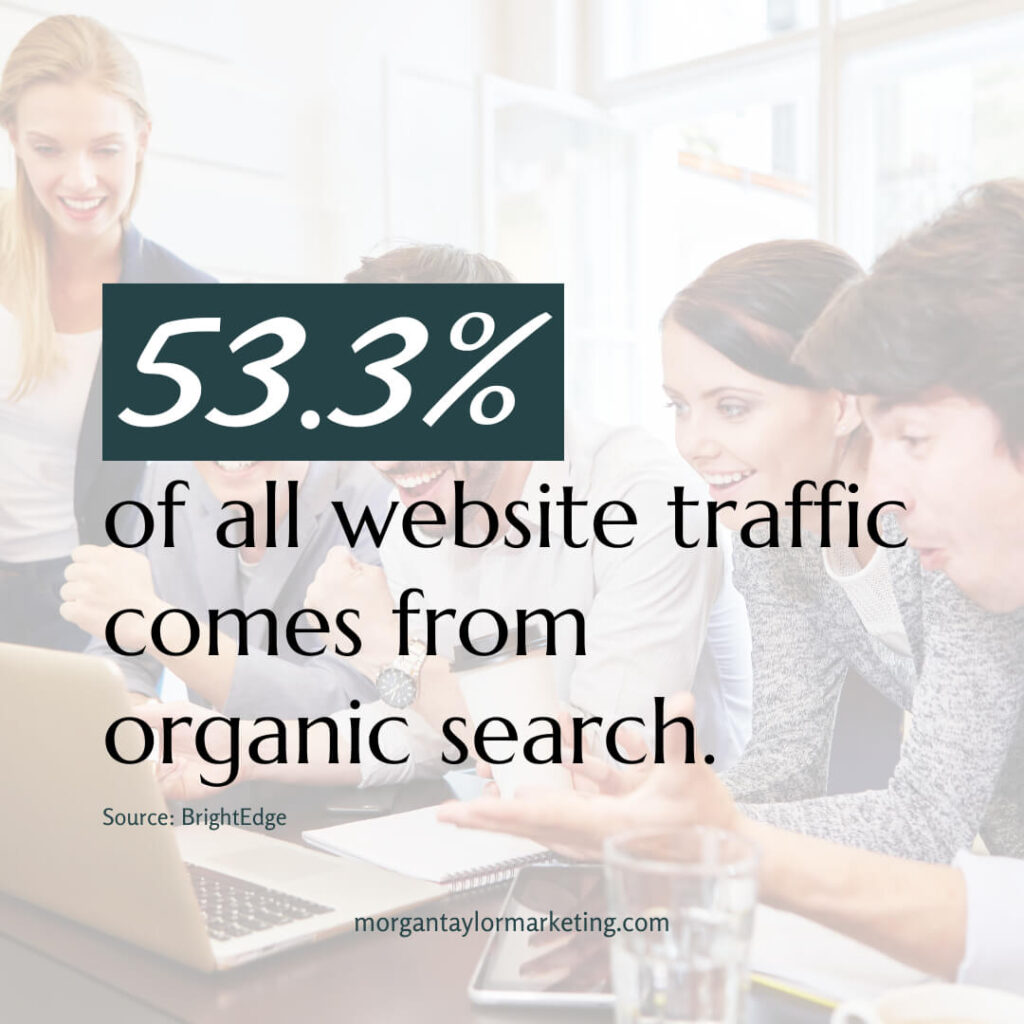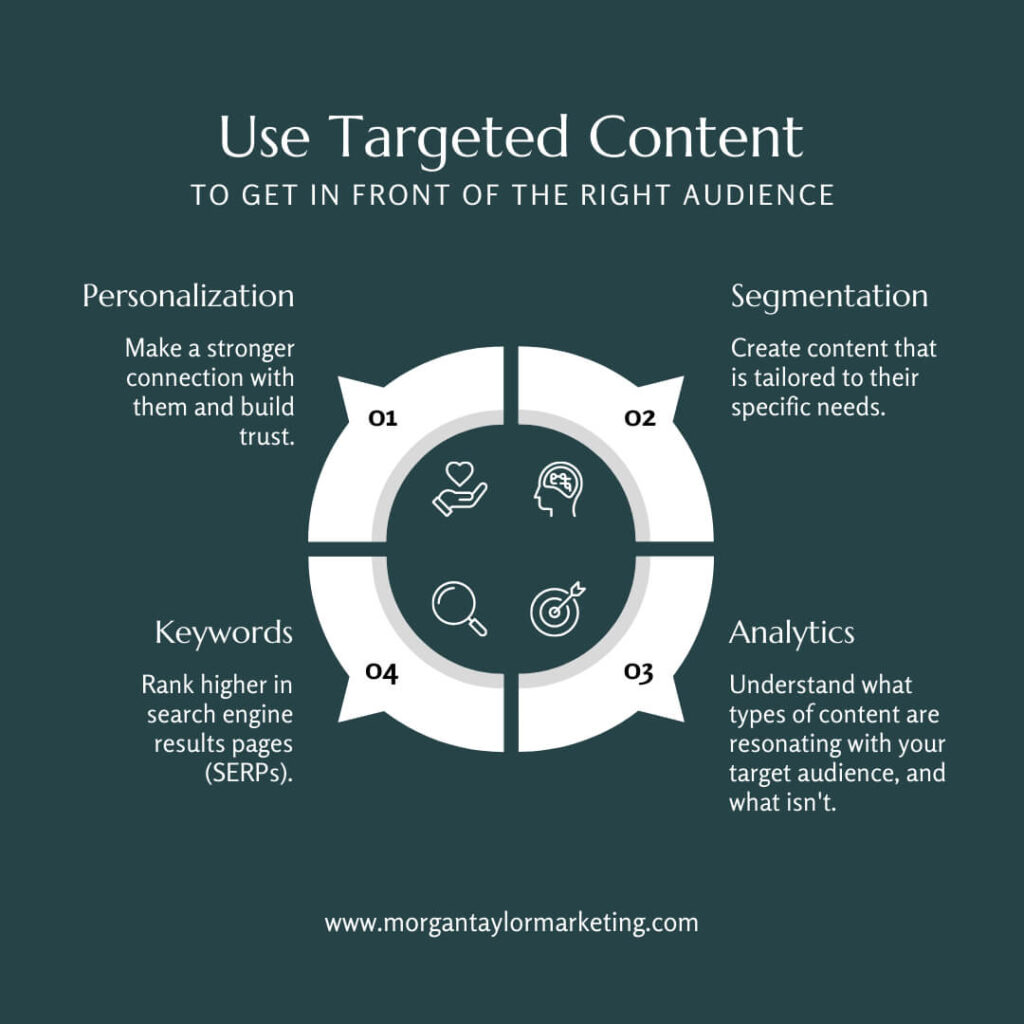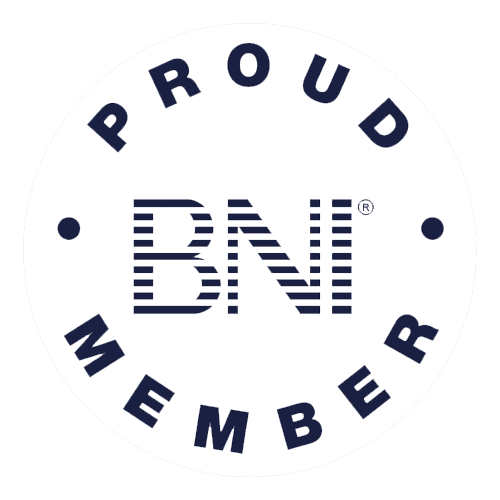Sales success made simple! Discover the game-changing sales techniques that guarantee more revenue. Unleash your sales potential and watch profits soar!
In the world of business, mastering the art of sales is paramount to achieving substantial revenue growth. A successful sales strategy requires a combination of proven techniques and a deep understanding of your target audience. In this article, we will delve into ten winning sales techniques that can elevate your revenue game and transform your business.
What are Sales Techniques?
Sales techniques refer to the specific strategies, methods, and approaches used by sales professionals to persuade potential customers, address their needs, and ultimately secure a sale. These techniques are designed to build trust, overcome objections, and create a positive buying experience for the customer, while also maximizing revenue for the business.
The Importance of Sales Techniques in Boosting Revenue for Small Business

Sales techniques are vital for small businesses when it comes to boosting revenue. As a small business owner, you face unique challenges, and making every sale count is essential. Effective sales techniques enable you to understand your customer’s needs, communicate your value proposition persuasively, and build strong relationships that lead to repeat business and word-of-mouth referrals. These techniques empower you to overcome objections, close deals, and maximize your revenue potential. By honing your sales skills, you can compete with larger competitors and create a steady stream of income that fuels the growth and success of your small business.
10 Winning Sales Techniques
Let’s explore the crucial role of sales techniques in boosting revenue and how they can be a game-changer for your success.

1. Understanding Your Target Audience
Understanding your target audience is like discovering the secret to winning over customers. It’s all about knowing who your customers are, what they want, and how you can meet their needs better than anyone else.
First off, you need to identify and analyze your ideal customer. Who would be the ideal customer for your goods or services? Dive deep into demographics, interests, and pain points to create a crystal-clear picture of your ideal customer.
Once you’ve got that down, it’s time to conduct some market research. This step is like a treasure hunt – you’re on a mission to uncover valuable insights about your customers. Look into their preferences, behaviors, and buying habits. The more you know, the better equipped you’ll be to design a sales strategy that clicks with them.
Now, let’s talk about buyer personas. Think of them as your best friends – these fictional characters represent different segments of your target audience. You’ll give them names, ages, backgrounds, and even hobbies! Creating buyer personas helps you humanize your customers and understand their motivations, fears, and desires. This knowledge is like a secret weapon, guiding your sales approach with laser precision.
2. Building a Strong Sales Team
Building a dream team of sales professionals is like assembling a winning squad for your business. It all starts with recruiting and hiring the right talent. Look for individuals who have that natural charisma, excellent communication skills, and a hunger for success.

Once you’ve got your sales stars on board, it’s time to equip them with the tools they need to shine. Comprehensive sales training is the secret sauce to success. Train them in product knowledge, customer psychology, negotiation techniques, and objection handling. The more confident and knowledgeable they are, the better they can represent your brand and close those deals.
But wait, there’s more! A collaborative sales culture is what truly sets your team apart. Encourage open communication, foster teamwork, and celebrate wins together. When your salespeople feel supported and valued, they’ll be motivated to excel and support each other. This camaraderie can lead to brilliant ideas, shared learnings, and overall team growth.
3. Crafting an Irresistible Value Proposition
Crafting an irresistible value proposition is like creating a magnet that pulls customers in! It’s all about showcasing why your product or service is a must-have for them. Your value proposition should be clear, concise, and compelling, highlighting the unique benefits you offer.
Let’s talk about those Unique Selling Points (USPs). These are the superpowers that set you apart from the competition. Whether it’s innovative features, exceptional quality, or outstanding customer service, shout them from the rooftops! USPs are like your secret weapons – they make customers choose you over everyone else.
Addressing customer pain points is crucial. Think of it as a problem-solving puzzle. Identify the challenges your customers face and show them how your offering is the perfect solution. When customers feel understood and see that you have the answers to their problems, they’ll be eager to do business with you.
Last but not least, let’s spice things up with compelling offers and incentives. Everyone loves a good deal, right? Make deals that are impossible to refuse. Whether it’s discounts, freebies, or exclusive perks, these incentives sweeten the deal and make customers hit that “buy now” button.
4. Mastering the Art of Active Listening
Effective salespeople know that listening is just as important as talking. It’s about giving your customers your full attention, understanding their needs, and showing genuine interest in what they have to say.
To master active listening, you need to develop those listening skills. It’s not just about hearing the words, but also picking up on the emotions, concerns, and desires behind them. Be present at the moment, ask follow-up questions, and let your customers know you value their input.
By actively listening, you get a golden ticket to understanding your customers’ requirements and desires. It’s like entering their world and seeing things from their perspective. This insight allows you to tailor your sales pitches to resonate with them on a personal level, creating a connection that goes beyond a mere transaction.
Customer feedback is like a treasure trove of information – it’s the key to unlocking the secret to better sales pitches. Take every piece of feedback as a valuable gift. Whether it’s positive or negative, use it to fine-tune your approach and make improvements. Customers love feeling heard, and when you tailor your sales pitch based on their feedback, it shows that you genuinely care about their experience.
5. Leveraging Social Proof and Testimonials
Leveraging social proof and testimonials is a game-changer for your sales strategy. People trust the opinions of others, and that’s where social proof comes in.
Showcasing positive customer experiences is like putting a spotlight on the shining stars of your brand. Share success stories, glowing testimonials, and real-life examples of how your product or service has made a difference in customers’ lives. When potential buyers see others raving about your brand, they’ll be more inclined to jump on the bandwagon.
Encouraging reviews and testimonials is like watering a plant – it helps your business grow and flourish. Don’t be shy about asking satisfied customers to share their experiences. Positive reviews act as powerful social proof and work like magic to build trust and credibility.
Building trust and credibility with social proof is like constructing a sturdy bridge between you and your customers. It’s all about showing that you’re the real deal – a brand that delivers on its promises. When prospects see others vouching for your business, it eases any doubts they may have and gives them the confidence to make a purchase.
6. Utilizing Upselling and Cross-Selling Techniques
Upselling and cross-selling are two fantastic techniques that can make a significant impact on your bottom line.
Upselling is like upgrading your customer’s experience to the deluxe version! Identify opportunities to offer your customers a better or more premium option. Maybe it’s a higher-tier product with additional features or an enhanced package that meets their needs even better. When done right, upselling adds value to their purchase and increases their overall satisfaction.
Cross-selling is like introducing your customers to new best friends! Implement strategies to recommend complementary products or services that align with their original purchase. It’s like showing them the perfect add-ons that enhance their experience. By suggesting relevant add-ons, you’re not just increasing revenue but also making their buying journey more enjoyable.
Providing value with relevant add-ons is like giving your customers a delightful surprise! It’s not just about making a sale but showing that you genuinely care about their needs. These add-ons should offer tangible benefits and be a natural fit with their main purchase.
7. Overcoming Objections and Handling Rejections
When you’re in the world of sales, objections and rejections are part of the game, but fear not, because they can be your stepping stones to success. I’ve got some tips to help you breeze through them.
- Listen to your customers like a pro
- Acknowledge their objections with empathy
- Address their objections head-on with confidence
- Turn those rejections into opportunities
- Remember that resilience is your superpower

Remember, handling objections and rejections is like navigating a challenging obstacle course, but with the right skills and attitude, you can emerge victorious. Preparing for objections, turning rejections into opportunities, and building resilience in your team create a sales force that’s unstoppable.
8. Implementing a Sales Follow-Up Strategy
The power of follow-up in sales – it’s like adding a dash of magic to your customer relationships! Implementing a solid sales follow-up strategy is the key to turning prospects into loyal customers.
- Be prompt. Timing is everything in sales follow-up. Strike while the iron is hot. Reach out to your leads and prospects as soon as possible. Don’t let those golden opportunities slip away.
- Get personal. Take the time to personalize your communications. Use their name, mention specific details from your previous interactions, and show that you remember them. This personal touch makes all the difference and creates a genuine connection.
- Be persistent, but not pushy. Sales are improved by persistence, yet there is a thin line between being persistent and bothersome. Follow up consistently, but always respect your prospect’s time and space. Be friendly, not overbearing.
- Add value to every interaction. Your follow-up shouldn’t be all about pushing for the sale. Instead, provide value at every touchpoint. Share useful information, helpful resources, or industry insights that align with their needs.
- Stay organized and use technology to your advantage. You’re juggling multiple leads, so staying organized is crucial. Utilize CRM software or other sales tools to keep track of interactions, set reminders, and stay on top of your follow-ups.
- Be persistent in your follow-up, but also know when to let go. It’s acceptable if not all leads turn into customers. If you’ve followed up diligently and they’re not responding, it might be time to move on. Focus your energy on leads that show genuine interest and are more likely to convert.
Remember, implementing a robust sales follow-up strategy is like having a secret recipe for success. The magic lies in the right timing, personalized approach, and nurturing attitude.
9. Embracing Technology and Sales Tools
Embracing technology and sales tools is like having a trusty sidekick by your side. It can streamline your processes, boost efficiency, and supercharge your results.
CRM stands for Customer Relationship Management, and it’s a game-changer. With CRM software, you can keep all your customer data, interactions, and leads in one central place. It’s like having a crystal ball that shows you everything you need to know about your prospects and customers.
Automating sales processes can save you time and effort. From automating email campaigns to setting reminders for follow-ups, technology can handle repetitive tasks, freeing you up to focus on building relationships and closing deals.
Technology should be seamlessly woven into your sales process. Use it to enhance your customer interactions, personalize communications, and provide a smooth buying experience. Integrating technology ensures that you stay ahead in the fast-paced world of sales.
10. Analyzing Sales Metrics and Performance
Analyzing sales metrics is crucial for understanding how your sales efforts are performing and making informed decisions to drive revenue growth.

- Identifying key performance indicators (KPIs). It is a roadmap to guide your sales journey. These are the specific metrics that directly impact your sales goals. Whether it’s conversion rates, average deal size, or sales cycle length, KPIs provide valuable insights into your sales performance.
- Tracking sales data and progress. Monitor your KPIs regularly and keep a close eye on sales data. This helps you stay on top of your progress, identify trends, and spot areas for improvement. Sales data is like a treasure trove of information, revealing patterns and opportunities that might otherwise go unnoticed.
- Making data-driven decisions. Instead of relying on gut feelings, base your decisions on concrete data and insights. This gives you a competitive edge, helps you allocate resources effectively, and ensures you’re always on the right track.
Mastering these ten winning sales techniques can significantly impact your revenue growth. The path forward involves applying these techniques consistently and embracing a culture of continuous improvement in your sales strategy. Embrace these techniques, and you’ll find your revenue skyrocketing and your business flourishing like never before.








